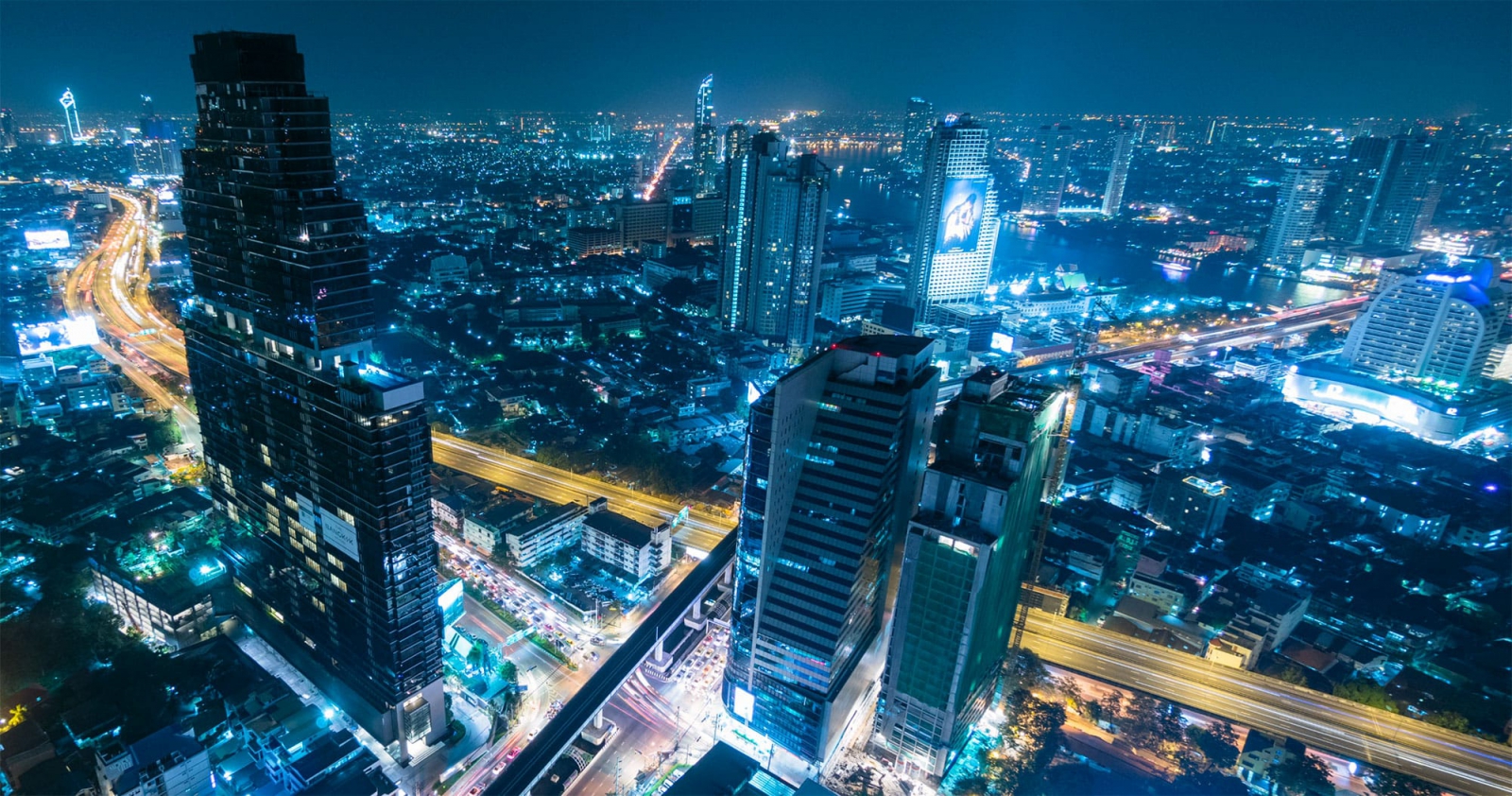5 ways to make your workplace a more enjoyable place to be
According to research, the average person spends 90,000 hours at work over their lifetime. Yet, did you know 85% of employees are dissatisfied with their workplace?
Employees are what keeps a business running. Without them, everything would come to a halt. Therefore, it is crucial that they are satisfied with their workplace. If they are, it will not only ensure good wellbeing but it will mean they can work to maximum productivity. The good news is, there are some pretty easy steps a business and upper management can take to boost day-to-day happiness of employees day-to-day happiness and in effect, the business’ overall success.
Encourage flexible working
In the work environment, being able to work flexibly is no long a special condition for some people in work. It has grown in popularity exponentially over the past couple of years and there are a number of reasons why all employers should look into it, other than the fact it will make workplaces more enjoyable. Anna Whitehouse of Mother Pukka’s Flex Appeal campaign expressed her thoughts on this way of working when she said “Flexible working doesn’t mean working less or slacking off, it means finding hours that suit your life and how you best work. It’s one of the few issues that both the unionists of the TUC and the employers at the CBI agree on: flexible working is better for staff, and it’s better for profits.” – A win, win for all!
Microsoft 365 fits these desires of the modern workforce, giving them the freedom of working wherever, whenever while still having the appropriate security and compliance measures in place which management requires to maintain peace of mind.
Interested in finding out more about Microsoft 365?
If you are yet to offer flexible working in your organisation, it’s worth asking yourself and your superiors why. It will do wonders for the productivity and overall happiness of all your employees.
Improve lighting
In the workplace, lighting can have a huge effect on the efficiency and attitude of employees. Scientist Mirjam Muench proved this when he examined the difference between having daylight on the workplace or artificial light. The outcome of his study is outlined below.
“Compared to the afternoon, people who had DL (Daylight) were significantly more alert at the beginning of the evening, and subjects who were exposed to AL (Artificial light) were significantly sleepier at the end of the evening.”
He also explained in this study that artificial light causes us to be more stress and means we have less ability to stabilise our energy levels. This is because our cortisol levels drop down significantly lower when exposed to this form of light.
While it is obvious that natural lighting is not only better for us but is an easy way to make your workplace more enjoyable in terms of lighting, there are other options if natural lighting is not possible. For example, blue-enriched light bulbs mean that there is less eye strain so employees feel happier and more alert.
Avoid micromanaging
Micromanaging does the opposite of making your employees feel trusted – a key element of a successful employee-manager relationship. By definition, micromanaging is a management style whereby a manager closely observes or controls the work of subordinates or employees. The dangers of this style of management include trust being lost, employees become dependant, a high turnover of staff and the burnout of the person micromanaging.
While setting clear expectations and fair boundaries, it is so important to give your teams the trust and freedom they deserve to ensure your workplace remains an enjoyable place to be. A popular style of management is called ‘Objective and Key Results (OKR)’. This is perfect for connecting a combination of company, team and personal goals which will, in turn, produce tangible results all while keeping team members and leaders working together in one, unified direction. Find out more about OKR by following this link.
Consider a ‘breakout’ area
In order to keep your employees inspired, happy and refreshed, it is important to encourage them to take regular breaks away from their desks. Providing an appropriate breakout area is a great way to do this. A breakout area describes a space that is open to employees but is separate from the usual area of work for employees. These spaces can be used for a variety of thing such as places for lunch, relaxation or to have informal meetings.
When providing a breakout area, it is worth using different forms of seating (if there is enough space!). Where canteen chairs around a table will most likely be used as a place to eat lunch or hold informal meetings, soft furnishings can be there to make employees feel more relaxed and comfortable. If you wanted to take it to the next level you might want to take inspiration from big, worldwide organisations such as Google or Amazon who have a designated games area with table tennis and pool tables. If there is not enough room in your office to have a completely separate room for this, there is the option of using screening to section off part of an open-plan office.
Furthermore, a breakout area can also encourage staff to interact with one another more. This interaction will not only improve working relationships but it may help some to feel more comfortable in the workplace.
Add some colour
We have to spend a huge chunk of our time at worth, so it pays to have a workplace that’s attractive but one that doesn’t distract from the task at hand.
Angela Wright, an expert on colour has been researching the impact of colour since the seventies. Her findings prove just how much colour can influence productivity, creativity and mood in the workplace. Below I have outlined where specific colours should be used in the office as a result of her research.
- Blue is an intellectual colour and should be used in office areas requiring focus and mental effort.
- Red is a physical colour and is great for areas that demand physical exertion.
- Yellow is the emotional colour and should be used in areas that you want to stimulate positivity, creativity and happiness.
- Green provides balance and has been shown to be a great colour for office that require people to work long hours since it is the easiest colour on the eyes.
In addition to colour, you may want to add plants as well as make sure the furniture you used is comfortable and ergonomic. Your office is a reflection of your brand. Therefore, decorating your office in accordance with your brand will help your employees stay in touch with it. you should decorate your office in accordance with your brand to help your employees stay in touch with it.
If you invest in the time to make your workplace a more enjoyable place to be, you will see your employees become more motivated. After all, happy employees are loyal employees, and loyal employees are ones that will work hard to deliver on company objectives.
If you would like to look into how Microsoft 365 could help make your workplace a more enjoyable place to be, please get in touch for more information.


